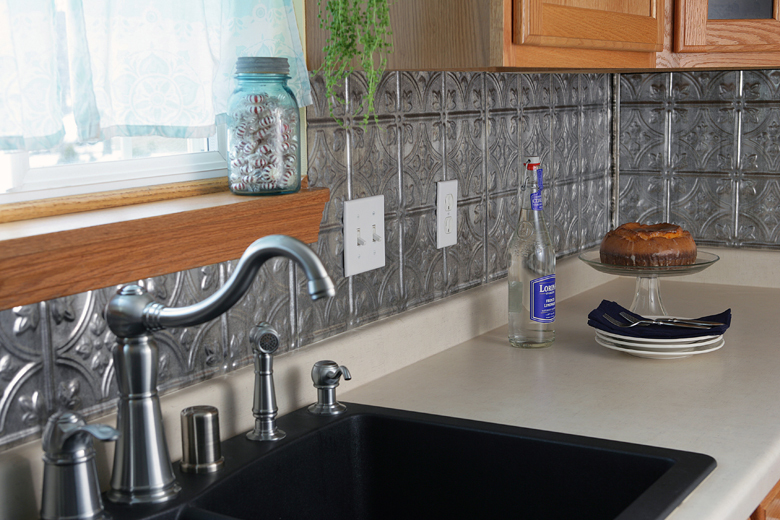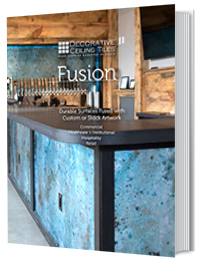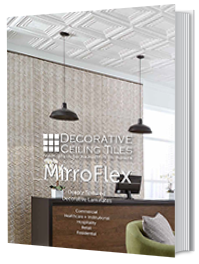Where Should My Kitchen Backsplash Start and End?
Written by Milan Jara on 11th Jul 2022

The kitchen backsplash protects the drywall from moisture and adds flair to a bland kitchen. Read on to learn where to end the backsplash corner in your kitchen.
A kitchen backsplash confers both function and aesthetics. The tiled backsplash finish adds visual interest to your space and protects against inevitable food and bubbling sauce mess. Plus, they are a cinch to clean. A kitchen backsplash starts from the countertop. Simple enough.
But the one design question we always get is, "Where should my backsplash end?" The simple answer is never. Who doesn't want beautiful finishes all over the kitchen? But since we don’t have funds to splurge, there has to be a halt point. In this article, you will learn where to end your backsplash and how to end it. We'll conclude with cost-saving tips on adding a backsplash.
Height Considerations for Backsplash
There are many considerations when installing tile backsplashes, such as the color of the cabinets, the tiling or paneling quality, countertop style, and more. However, certain features solely determine where your backsplash should start and end. One of them is height.
Some homeowners run the backsplash up to the ceiling, which creates a high-end look and accentuates the kitchen's prominent elements like the stove and cabinets.
There is no hard and fast rule regarding how high the kitchen backsplash should go. Some designers and homeowners prefer to tile the drywall up to the base of the upper cabinet. You can fill the upper space with a matching faux tile wall panel for a perfectly framed kitchen and a natural ending point for the paneling. The countertop to kitchen cabinet style is ubiquitous with older kitchen designs. Today's design leans on a countertop-to-ceiling option. You may have to replace your 4-inch backsplash with diamondback aluminum tiles for a fresher look.
Countertop to the ceiling usually busts a shoestring budget, but it is worth the splurge. Use darker shades to make the kitchen more inviting. Contrasting colors give a high-end look which isn’t ideal for high vaulted ceilings and foyers.
The main reason homeowners ask, "How high should my kitchen backsplash go?" is cabinet imbalances. If some cabinets don't align, deciding where to stop your backsplash becomes more challenging. Ideally, you will want to run the wall tile up to the base of the lower cabinets. The area you don't cover with the best wall panel will be an eyesore, so you may want to seal it.
For peninsula kitchens, it is easier to move the cabinets horizontally than to try funny-looking designs. But if you don’t have the budget to remodel your cabinetry, the only option is to align the backsplash ending with the upper cabinet line.
For open kitchen designs, an angled backsplash gradually aligns the lower and upper cabinets. Alternatively, you can line up the backsplash with the lower wall cabinet and run it up to the ceiling. Do not use highly contrasting wall tile colors for this option.

Width Considerations for Backsplash
Now that you can determine how high the kitchen backsplash should go, a trickier consideration is the width. Many designers and constructors have different standpoints on where the tiles should end across the wall. But from an architectural perspective, which is the correct one, design follows function. If you don't need the backsplash on the sidewalk, end it before the doorway.
You are in luck if your cabinets align and run wall to wall. A general rule is to end the kitchen backsplash tile in line with the uppers. They should form a crisp line. You can get away with extending to near the doorway if you choose a pencil or bullnose tile that makes a natural transition point to the untiled wall. Tapered tiles on the backsplash end are always a fun design to try. Hexagonal tiles best achieve the tapered design. Check out more tapered tile designs.
A natural stopping point for horizontal tiling is an inside corner or window. The inside corner is where the countertop ends and runs up vertically. A kitchen backsplash is usually on one or two sides; therefore, it shouldn't extend past that. There's no need to extend the backsplash to the sidewall and give your kitchen an awkward look.
We have advised you to avoid the sidewall, but there are instances when you can tile the sidewall. Two-inch backsplashes that match the countertop can go on the sidewall. Choosing a contrasting color will hang the tile backsplash in mid-space and be an eyesore, especially if it ends abruptly. Use easy-to-wipe paint to cover the ends rather than tile up to the sidewall.
Cost Saving Tips
- A countertop to ceiling tile may break the bank for you. However, you can choose a PVC or faux tin backsplash, which costs a few dollars less per square foot than premium tiles, for a sophisticated look and to maintain functionality.
- If you are ending the backsplash around a window, tile down with a similar color to the wall rather than tile up. You can choose cream tiles to match the wall's shade if you have a white wall. You will save on square feet of tiles and have a glam kitchen.
- Choose a countertop style that will match your backsplash. It is more straightforward, economical, and aesthetically easy to match the backsplash color to the countertop color than vice versa. If you want a 4-inch granite backsplash, choose a granite countertop.
- Fill in kitchen backsplash gaps with peel and stick tiles that are ideal for easy renovations. The tiles are cost-effective and achieve a superior look compared to painting.
- Don't tile the back wall of the kitchen fridge unless you can see it. Instead, use the tiles to cover the area behind the stove and protect your wall from steam. Use a bold color tile if you want to cover the stove.
- Seal the tiling with a clear polyurethane sealer to retain the natural look and protect the grout from stains.

Final Words
There is no hard and fast rule to where you should end your kitchen backsplash. While you can certainly play with the boundaries of your backsplash design, it is best to keep it within range of the cabinet lines. We have given you ideal ending points for your kitchen backsplash. Every kitchen is unique, but you can tackle any kitchen backsplash conundrum with our tips. Skip tiling the unnecessary sidewalls, and you will be okay.
Choose a color you like since you will see the backsplash every day. Always look for natural transition points to end the backsplash.




